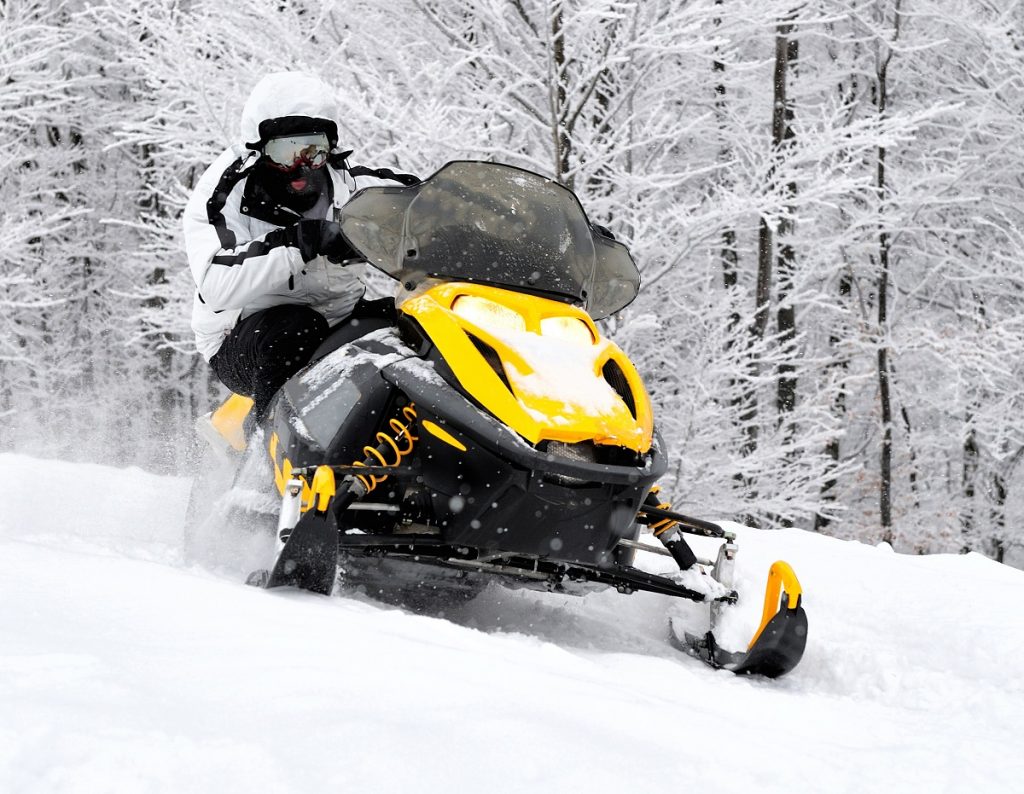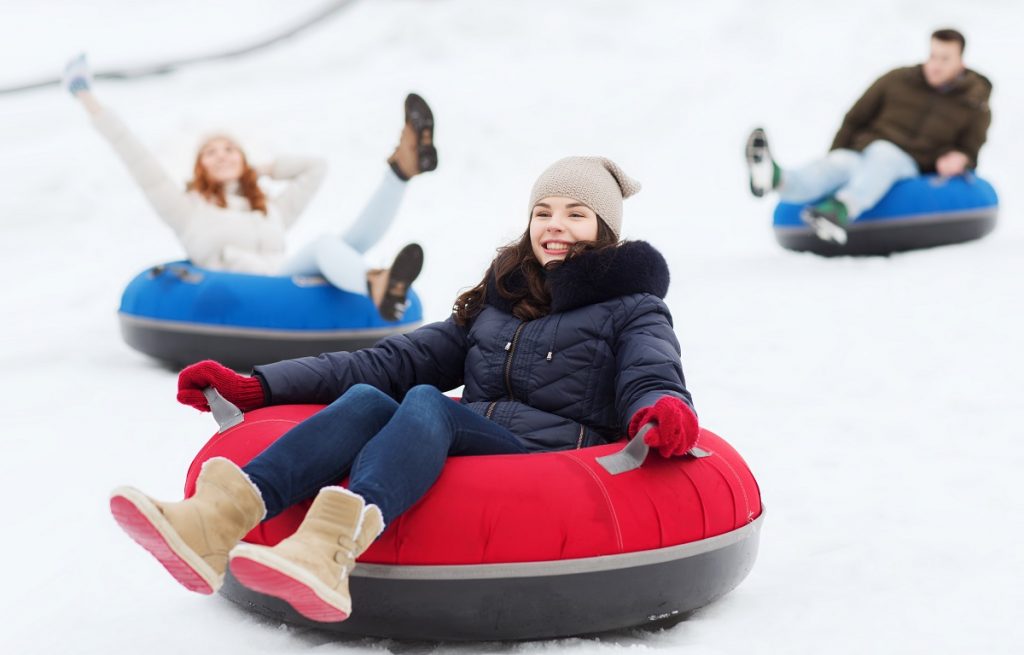Winter holds the perfect opportunity for you to explore breathtaking landscapes. But engaging in cold weather outdoor recreation requires preparation against the elements. And this starts with awareness for the proper gear and the possible winter hazards.
Whether you’re a winter sports enthusiast or a novice, you’ll need to bundle up properly if you want to uninterrupted fun outdoors.
And this doesn’t just mean pulling on a hefty sweater and Descente ski pants — it entails dressing up in multiple, lightweight layers.
Layering your winter attire ensures that you can add or remove clothing as weather conditions or temperatures change. Layered clothes are more versatile for different activities, too.
Humans Don’t Fare Well in Cold Weather
Unlike other mammals, humans lose body heat quickly. BBC Earth has recently shown how rapidly people lose heat during exposure in below-freezing conditions. They did this by using a military-grade infrared camera.
The thermal imaging from the video shows that less than three minutes of exposure to the freezing air can rapidly suck the heat away from the body.
The National Weather Service supports the claim, sharing that standing outside with exposed skin in zero-degree weather at a wind speed of about 15 mph for 30 minutes can lead to frostbite.
Layering is, therefore, your best winter sports strategy. Wearing the proper attire can help you maintain your core body temperature and make you less vulnerable to cold weather-related risks.
Bundling Up for the Activity
 Dressing up properly for winter can protect you from health risks, such as hypothermia and frostbite. But deciding what to wear shouldn’t depend on what the forecast is — determine what type of activity you’ll participate in first to figure out how to dress up.
Dressing up properly for winter can protect you from health risks, such as hypothermia and frostbite. But deciding what to wear shouldn’t depend on what the forecast is — determine what type of activity you’ll participate in first to figure out how to dress up.
After all, someone skiing in 20-degree weather will feel a lot warmer than someone sitting motionless inside a fishing hut. The different types of activities include:
- Sedentary – Activities that do not require much movement, such as ice fishing or tree stand hunting call for thick insulation, especially around your core. Avoid heat loss by sitting on a blanket or foam pad.
- Active – Sports like hiking and cross-country skiing will keep your heart pumping and body energized. Instead of insulating your core, protect yourself from the cold by covering your extremities. Make sure the base layer of your winter clothing is a breathable, moisture-wicking material.
- Mixed – Participating in sports that combine physical exertion and motionless periods (as is the case for alpine skiing) requires proper layering. Sports like alpine skiing give you the freedom to bundle up while inside the lift, then taking off the extra layers as soon as you step out.
When it comes to winter sports, moisture is your worst enemy. Opt for a base layer of clothing that wicks perspiration with fabrics, such as microfiber or polyester.
Add a second layer of insulation that holds in the heat that your body generates. This helps keep the heat in by trapping air between the fibers.
Finally, top it off with an outer layer of protection that shields you from the elements and lets your perspiration evaporate.
Dressing up in layers is essential to your next winter sports adventure. Wearing the proper winter gear can keep your warm and energized so you can participate in winter sports to your heart’s content.

